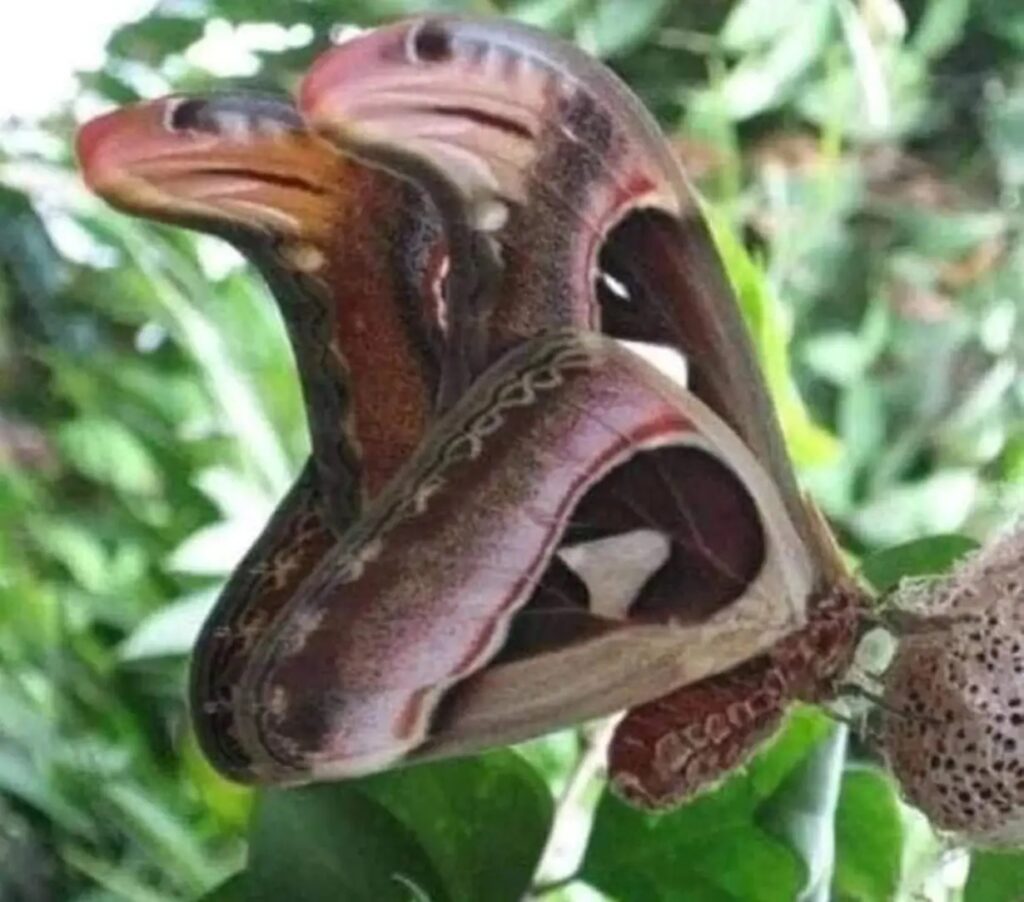
Take a close look at the snakes you see above. Notice that it’s not snakes. It’s a moth. 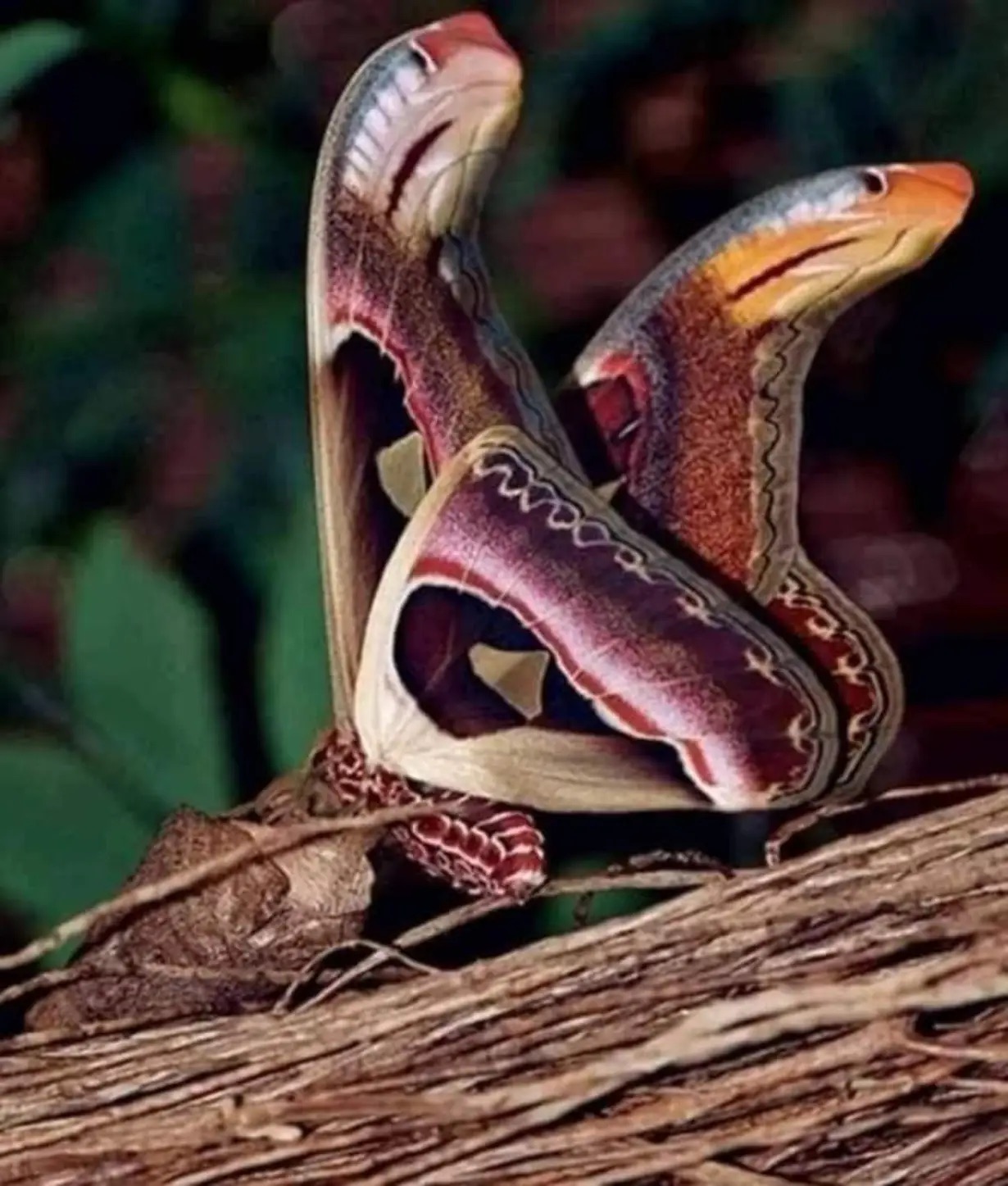
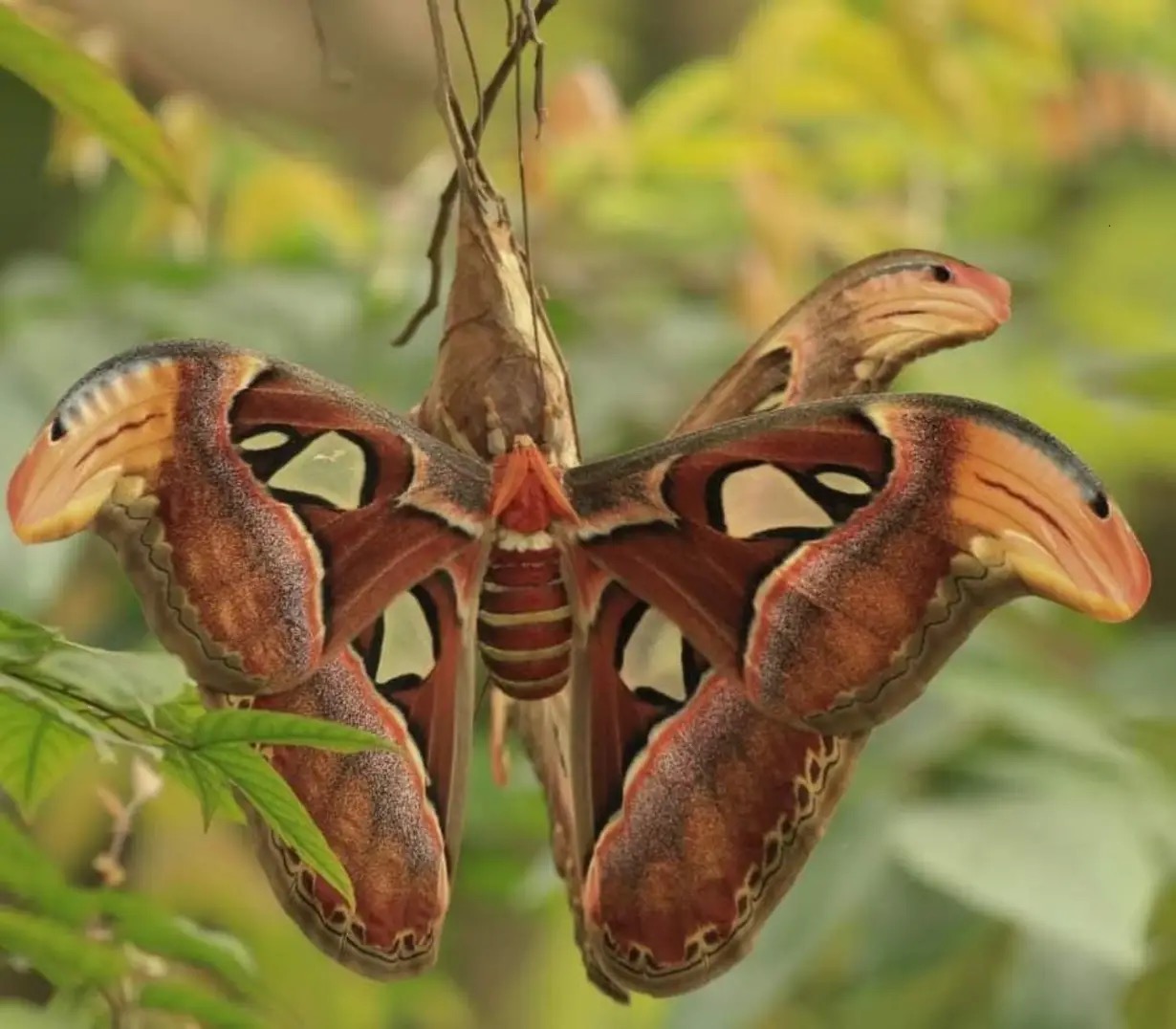
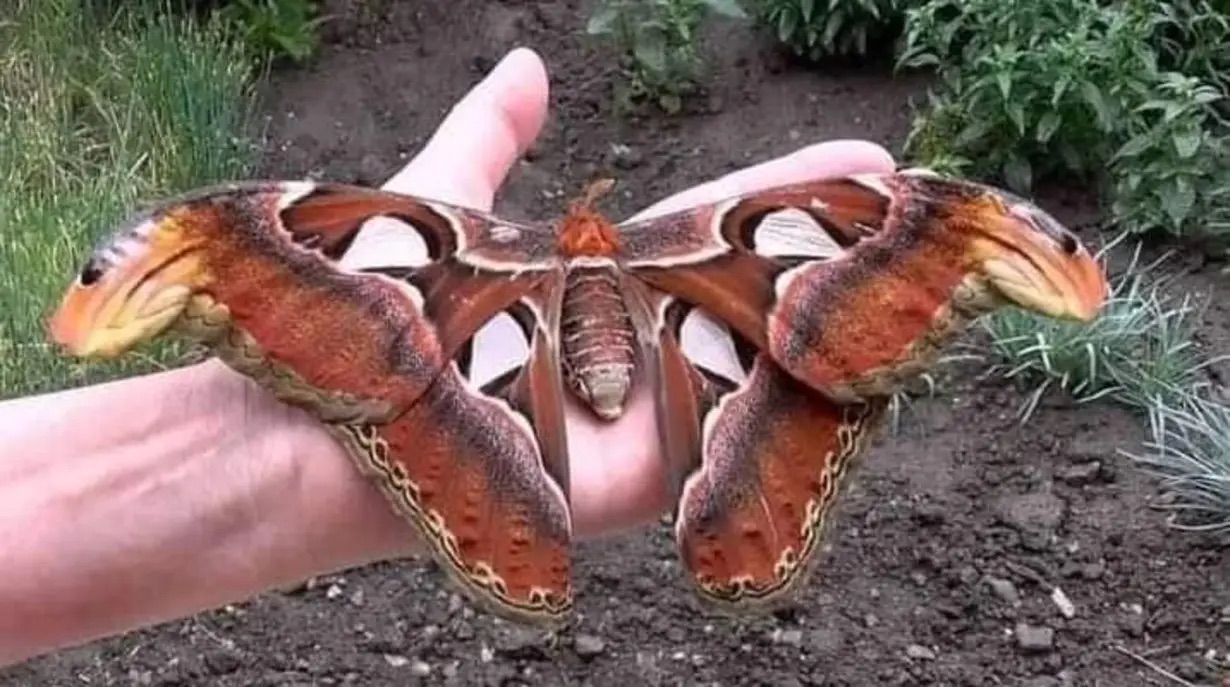
Mimicry is the perfect proof of an evolutionary process over creationism. If you are a young earth creationist, how could a moth be created disguised as a snake if there was no death before the Fall? Life-preserving fear of snakes is, after all, what this mimicry presupposes; the entire reason this disguise works in the first place. Moreover, the mimicry implies a creator used deception in its design.
On the other hand, if this is what Mother Nature has done by natural selection and mutation from the moths on the ark, then that’s admitting a very exquisite, “apparently designed” adaptation can be wrought by those natural processes in a mere 4,000 years, thereby undercutting any assertion against the plausibility of evolution over 4 billion years.
One reader of this post suggested to me that creationists might explain mimicry with God for seeing that animals would need disguises. Aside from the previously mentioned problems I have brought up, yet another issue is that there are many examples of mimicry in butterflies and moths; and that multiplicity of mimicked forms simply could not have been packaged inside a common ancestor on the ark. WildLife Insider helpfully summarizes another fascinating case of moth mimicry:
“The lesser death’s-head hawkmoth uses mimicry to its advantage when hunting for food, especially honey from beehives. These moths have similar patterns to a bee but can also produce an odor that mimics the smell of honeybees. This allows them to enter a hive and eat honey without being attacked as an intruder. It’s also possible the squeaking sound they make is similar to a queen bee’s sound, so they are further protected while sneaking around hives.”
On the other hand once more, let’s say you’re an “Intelligent Design” theorist who cares not for biblical literalism but does believe objects that are both “complex “ and “specified” in the sense of matching some “independently given pattern” are hallmarks of design, then these examples serve to undercut your point completely. For it is not believable that these were designed. It’s just too absurd.
The same point can be made with equal force for the mussel with an egg brood that resembles a fish. Bass bite for the “fish” and instead end up with eggs being dropped directly into their mouth; a really cool short video of which is here.
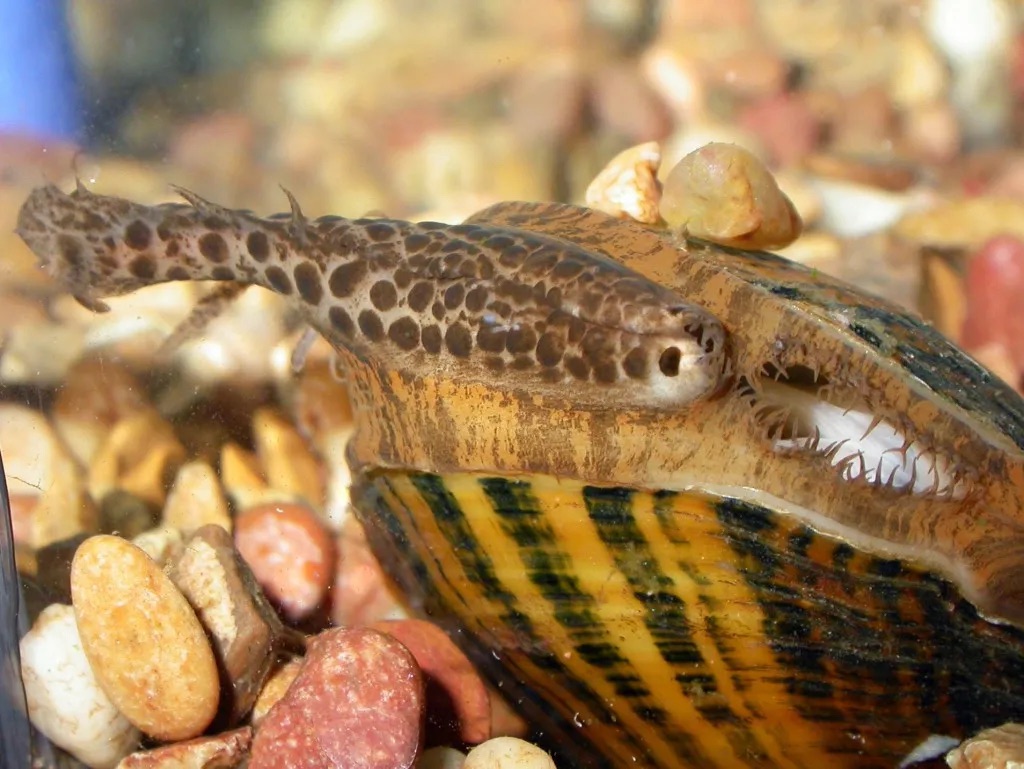
Fake fish of the Lampsilis mussel.
It’s rather obvious what happened in these cases: it’s just the cumulative power of random mutation with natural selection as explicated in The Blind Watchmaker as well as Climbing Mt. Improbable, which explains in detail how these things evolve and also begins with the showing of a stick insect that has evolved fake bark!
Worth Watching: The angler fish and its fake worm lure that it wiggles convincingly.
Summarizing recent work and concepts of the evolution of butterfly leaf mimicry, National Geographic reports:
“…Kallima butterflies went through at least four distinct intermediate forms before evolving into species that disguise themselves as leaves.
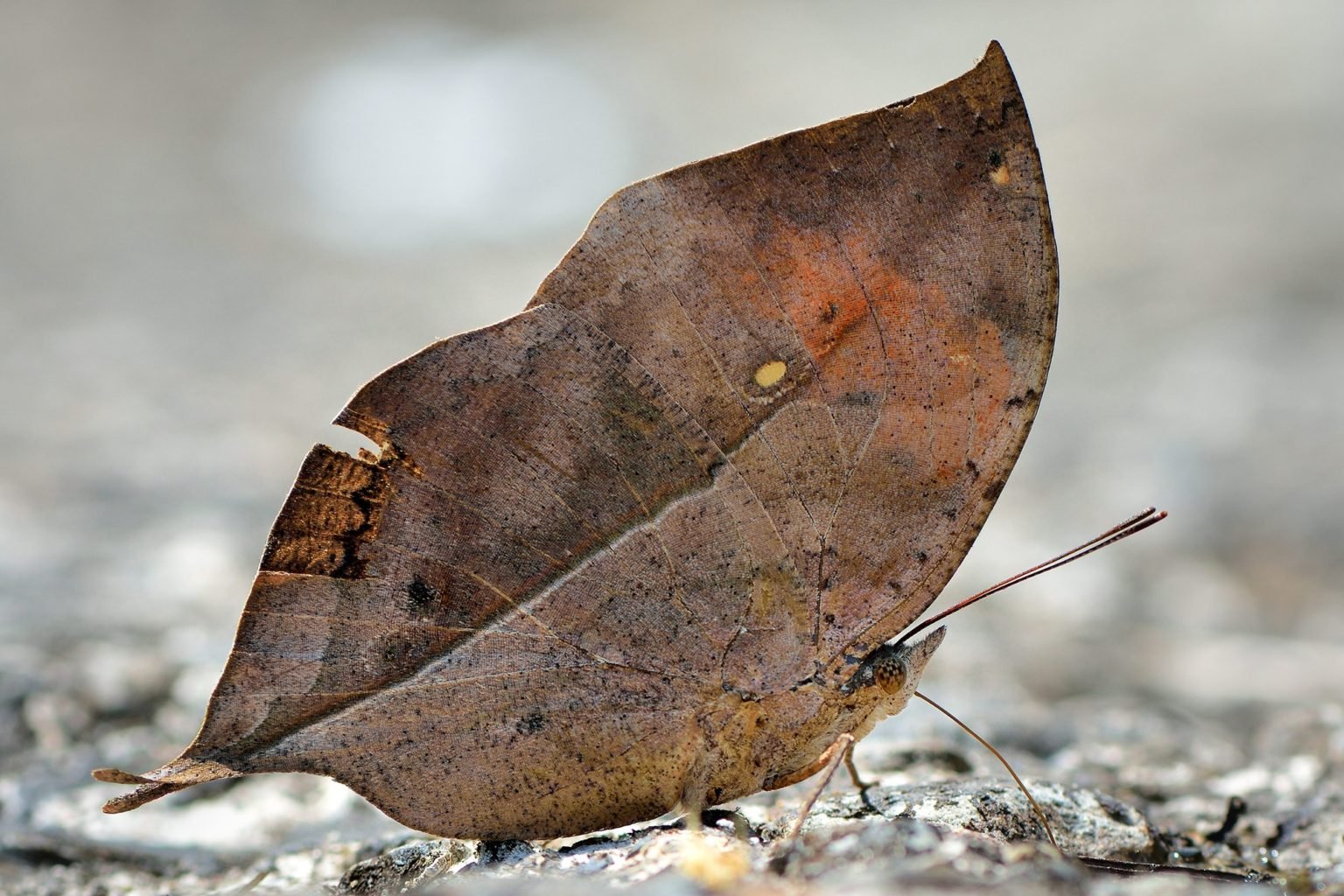
The Dead Leaf Butterfly
”The team mapped small, incremental changes to markings on the undersides of Kallima butterflies’ wings over time ‘to provide the first evidence for the gradual evolution of leaf mimicry…’”
“If, as in the case of dead leaf butterflies, the ancestor species already has a degree of camouflage, ‘then I don’t think it’s as hard to evolve [to become leaflike] by small steps,’ Speed [the researcher] said.”
“‘Where you already look a bit like the background but don’t have the shape of a leaf, and then evolve a trait that’s a bit leaflike, and a predator then tends to overlook you a little bit more,’ he said, then other leaflike traits could gradually accrue.”
But a designer giving birds super sharp eyes and insects and other prey convincing camouflage or fakery to fool the predator seems a little pointless, why not design without camouflage and more mediocre sight for birds?
An especially absurd example is the imitation cleaner fish. As Encyclopedia Britannica explains:
“Labroides dimidiatus… is known as a cleaner fish because it removes and eats externally attached parasites… [W]ithin a six-hour period, the individual cleaner may be visited by up to 300 other fish seeking its services. The other fish are attracted by the conspicuous black and white coloration of the cleaner and by its dancelike swimming pattern… The fish undergoing cleaning acts as though it were in a trance, while the cleaner fish cleans its body, including the inside of the mouth and gills. Even large predatory fish allow themselves to be cleaned, and the much smaller cleaner almost invariably emerges uninjured from their throats…[T]he cleaners are protected from these predators although neither inedible nor capable of self-defense.
“At the cleaning stations of the cleaner fish, there is often found quite another fish, the sabre-toothed blenny (Aspidontus taeniatus). It is similar to the cleaner fish in size, coloration, and swimming behaviour, and it even exhibits the same dance as the cleaner. Fish that have had experience with the cleaner position themselves unsuspectingly in front of this mimic, which approaches carefully and bites off a semicircular piece of fin from the victim and eats it. After having been repeatedly bitten in this way, fish become distrustful even toward genuine cleaners…”
Yet, evolution of mimicry does involve selection from a mind: namely the minds of birds and fish. Mimicry highlights the fact that minds of organisms in the past helped “design” life in the present. Indeed, the minds of past humans may be a very important explanatory factor of the present human mind; as evolutionary psychology would theorize that cheaters and criminals got punished or expelled from the group (a near death sentence) in the distant past. Thus, a rather interesting reply can be given to the ID movement: Of course life has all the hallmarks of intelligent design, the designers were just previous generations!
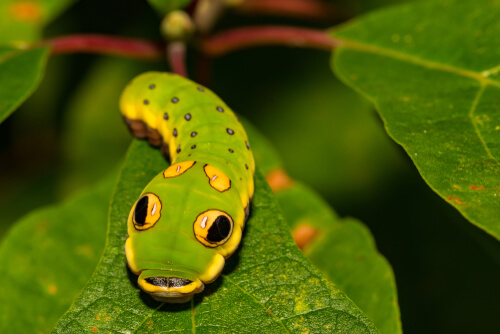
Caterpillar that Looks Like A Snake!
